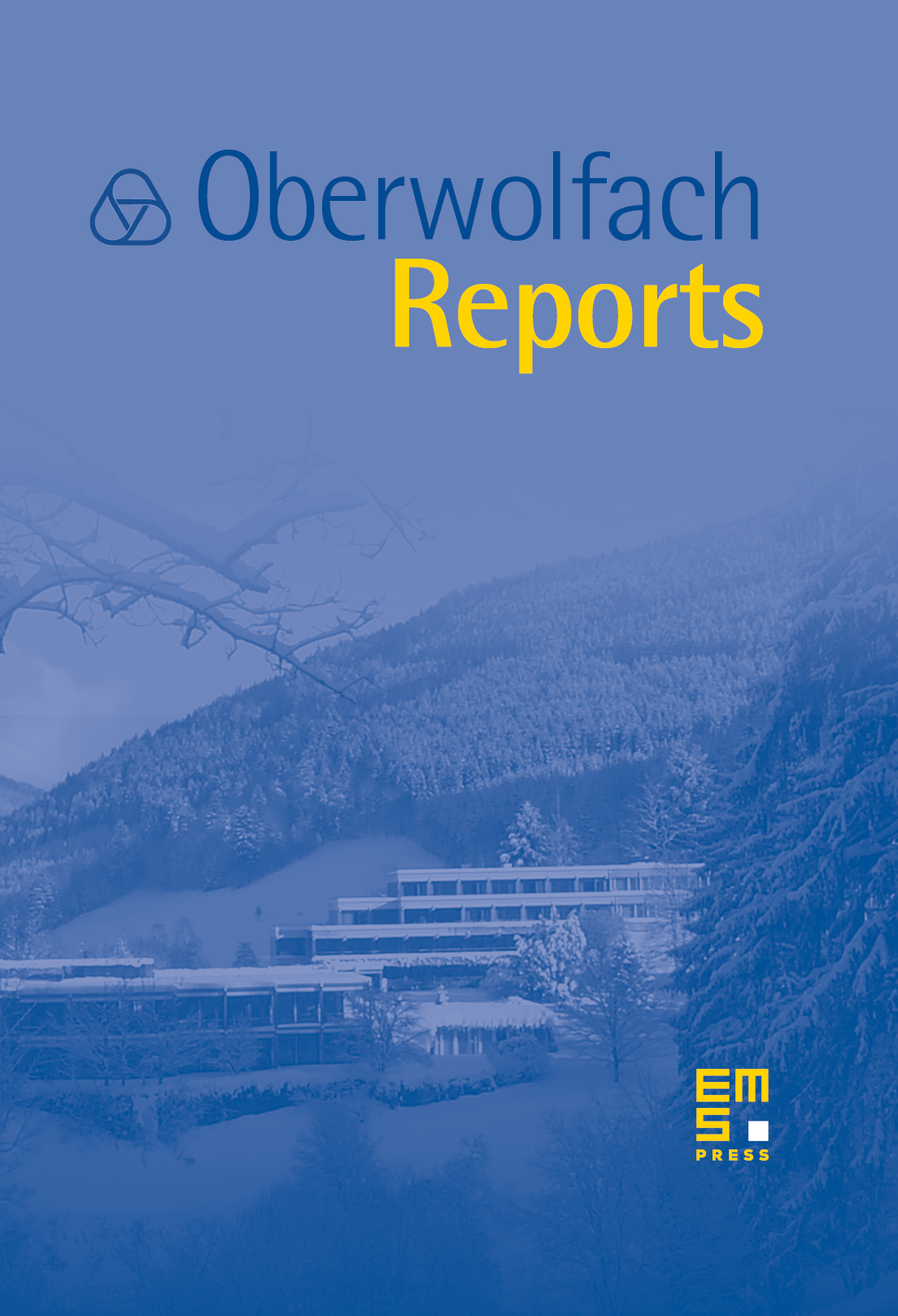Mathematical Theory of Water Waves
Mark D. Groves
Universität des Saarlandes, Saarbrücken, GermanyMariana Haragus
Université de Franche-Comté, Besançon, FranceErik Wahlén
Lund University, Sweden

Abstract
Water waves, that is waves on the surface of a fluid (or the interface between different fluids) are omnipresent phenomena. However, as Feynman wrote in his lecture, water waves that are easily seen by everyone, and which are usually used as an example of waves in elementary courses, are the worst possible example; they have all the complications that waves can have. These complications make mathematical investigations particularly challenging and the physics particularly rich. Indeed, expertise gained in modelling, mathematical analysis and numerical simulation of water waves can be expected to lead to progress in issues of high societal impact (renewable energies in marine environments, vorticity generation and wave breaking, macro-vortices and coastal erosion, ocean shipping and near-shore navigation, tsunamis and hurricane-generated waves, floating airports, ice-sea interactions, ferrofluids in high-technology applications, …). The workshop was mostly devoted to rigorous mathematical theory for the exact hydrodynamic equations; numerical simulations, modelling and experimental issues were included insofar as they had an evident synergy effect.
Cite this article
Mark D. Groves, Mariana Haragus, Erik Wahlén, Mathematical Theory of Water Waves. Oberwolfach Rep. 16 (2019), no. 3, pp. 1919–1979
DOI 10.4171/OWR/2019/32